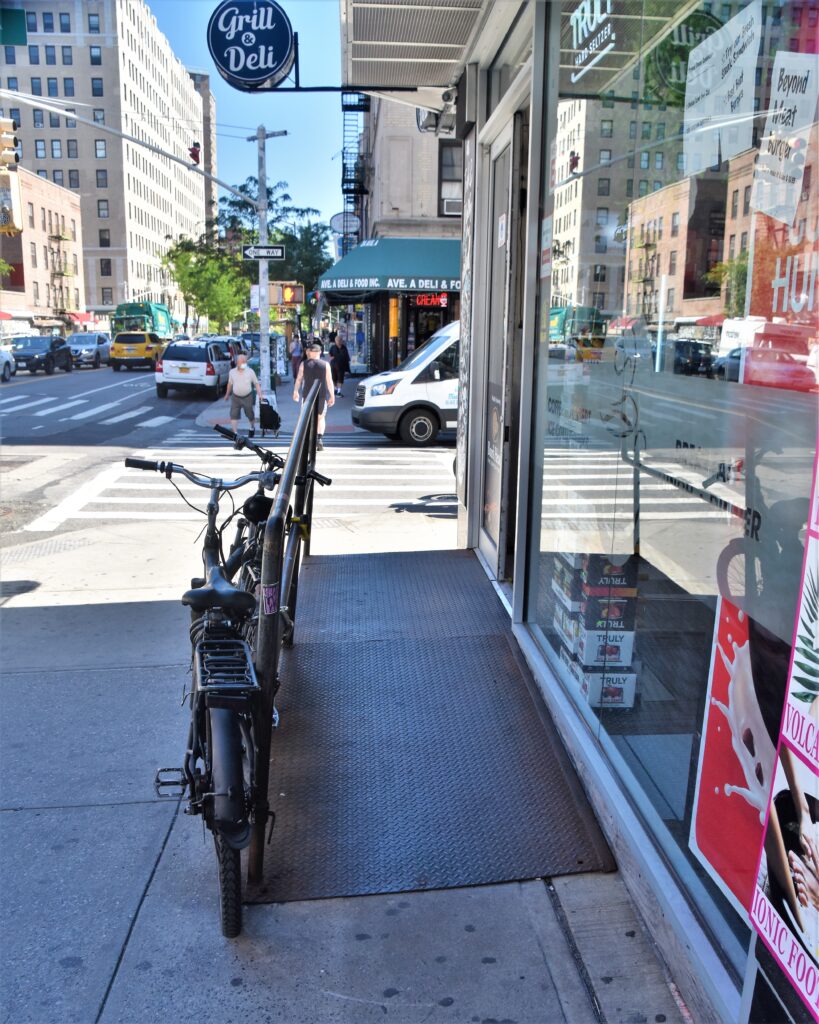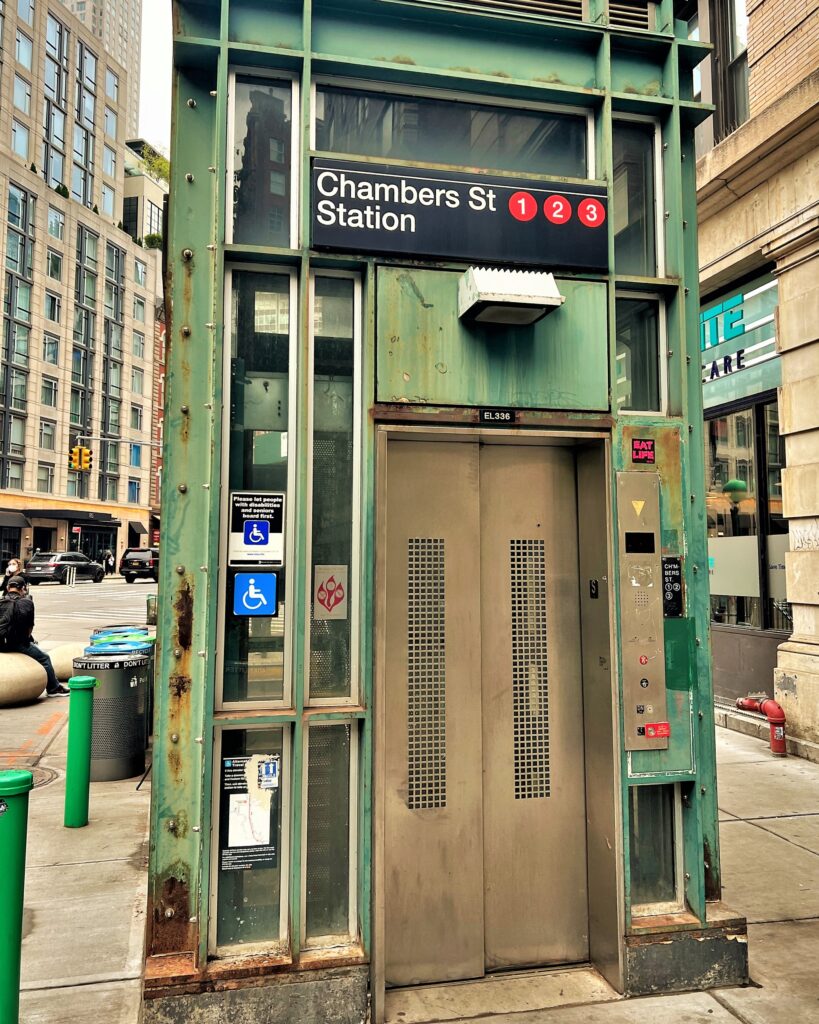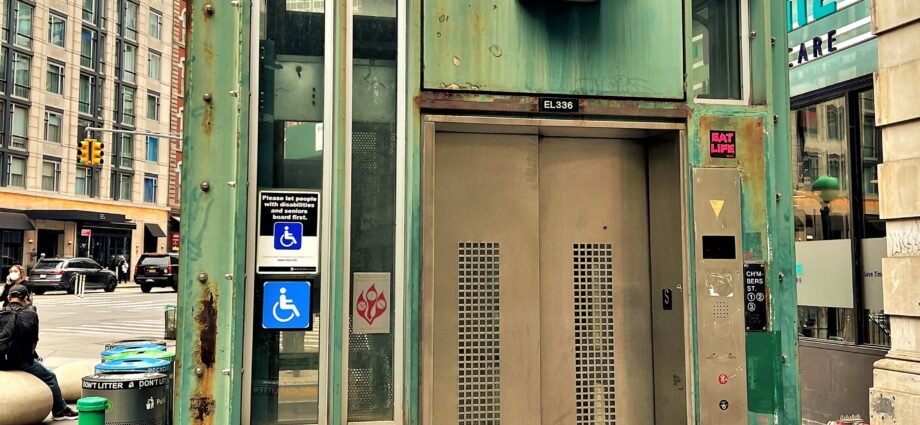AND OFTEN CAN BE DONE AT A LOW COST
By Steve Wright
Steve Wright has immersed himself in walkability issues as a journalist, public servant, planner, marketer, educator, speaker and advocate. He is a Pulitzer-nominated, award-winning writer who has published more than 6,000 articles. This is his first contribution to Pedestrian Space.
I have spent nearly four decades as a writer, planner, educator and advocate.
My specialty is advocating for good urban design and town planning that not only encourages walking, but also makes it easy, safe and comfortable.
I am one of the few people in my field whose prime focus is design for people with disabilities.
I’d be lying if I didn’t share that I often get frustrated by urban designers and town planners who push back on the notion of design (or retrofit) that serves all.
When I see a design that serves everyone with equity and inclusion, they (wrongly) see something that blows up traditional placemaking for a “special interest.”
First off, authorities around the world have proven that one in four people will experience some kind of disability in their lifetime. There are more than one billion people on earth who have a disability that impacts their daily lives.
One in four, more than one billion – that is neither outlier or special interest, by any definition.

Second, when you design something that makes it easier for a wheelchair user to move about your city – you also have made pedestrian mobility better for young children, elderly people, those with visual impairments and dozens of others (including those who use scooters, walkers or crutches.)
Smooth, wide, safe, gently sloped surfaces also are beloved by those who wear heels (reduces tripping hazard) and the army of delivery people who wheel our daily online purchases to our doorstep.
I also want to bust the myth that making something accessible (we call it compliant with the Americans with Disabilities Act in the United States, but hundreds of nations have similar laws to make life better for people with disabilities while protecting their civil rights) doesn’t mean busting the budget.
Adding curb ramps, protected crosswalks, wider sidewalks and smoother surfaces can be blended into all of those complete streets, pavement repaving, main street sidewalk enhancements and other public works projects.

When done from scratch, rather than a retrofit to fix poor planning for accessibility, the cost is rarely more than fractionally more costly than not building for access for all.
I don’t have statistics, but common sense would also prove that when you increase walkability/rollability, thus connectivity to education, jobs, and community activities – you increase earning power.
That increases income (and the tax roll) for people with disabilities. In the United States, people with disabilities are the most under- and unemployed of any marginalized group.
Access in the public realm isn’t just the right thing to do, it is sound public policy on many levels.

Steve Wright has four decades of experience in urban design, planning, architecture, mobility, sustainability and universal design. He co-created a groundbreaking universal design course at the University of Miami School of Architecture. His award-winning reporting frequently appears in Planning magazine and he has presented nationally and internationally.
Read Steve’s content here.
Learn more about the Global Walkability Correspondents Network here

